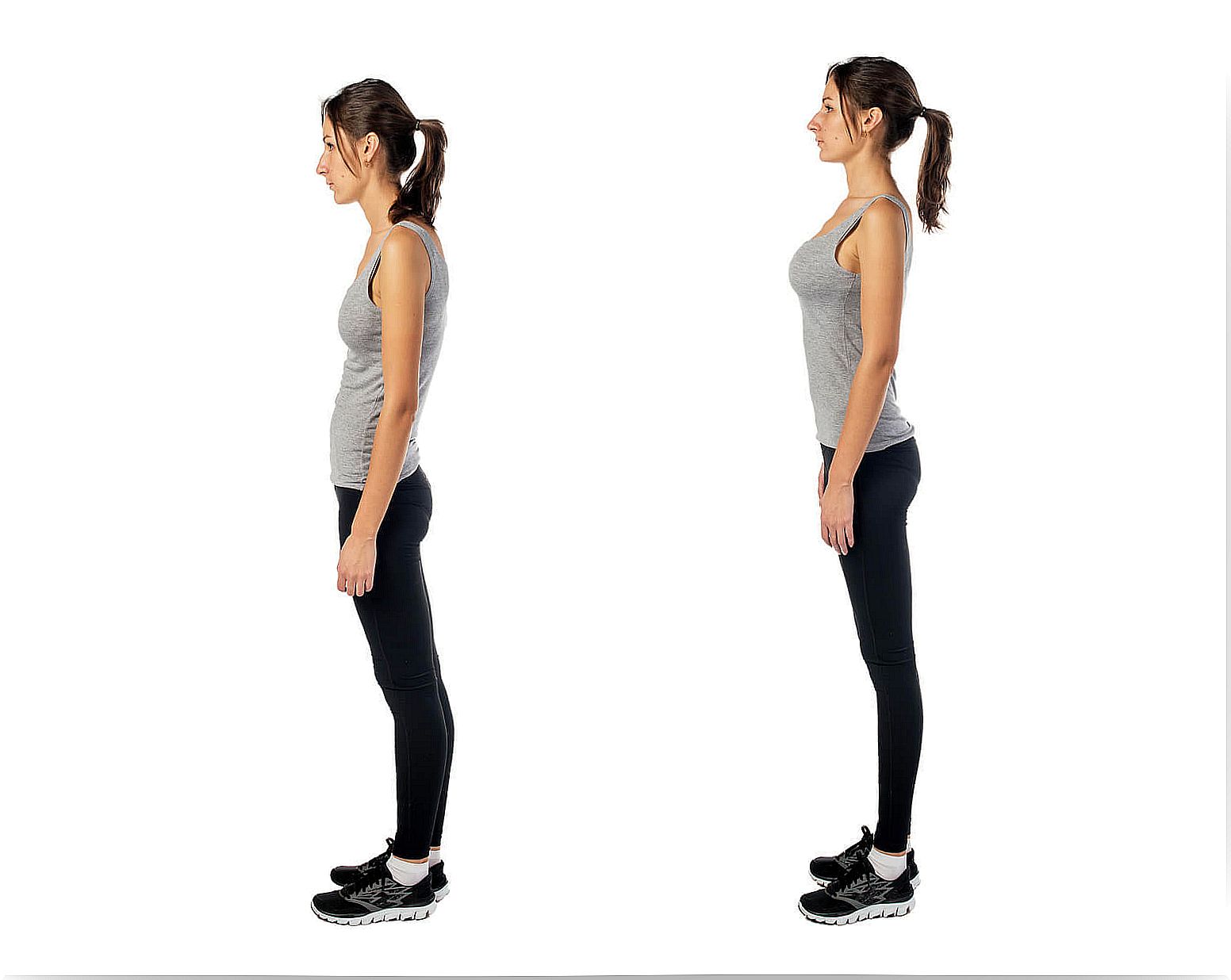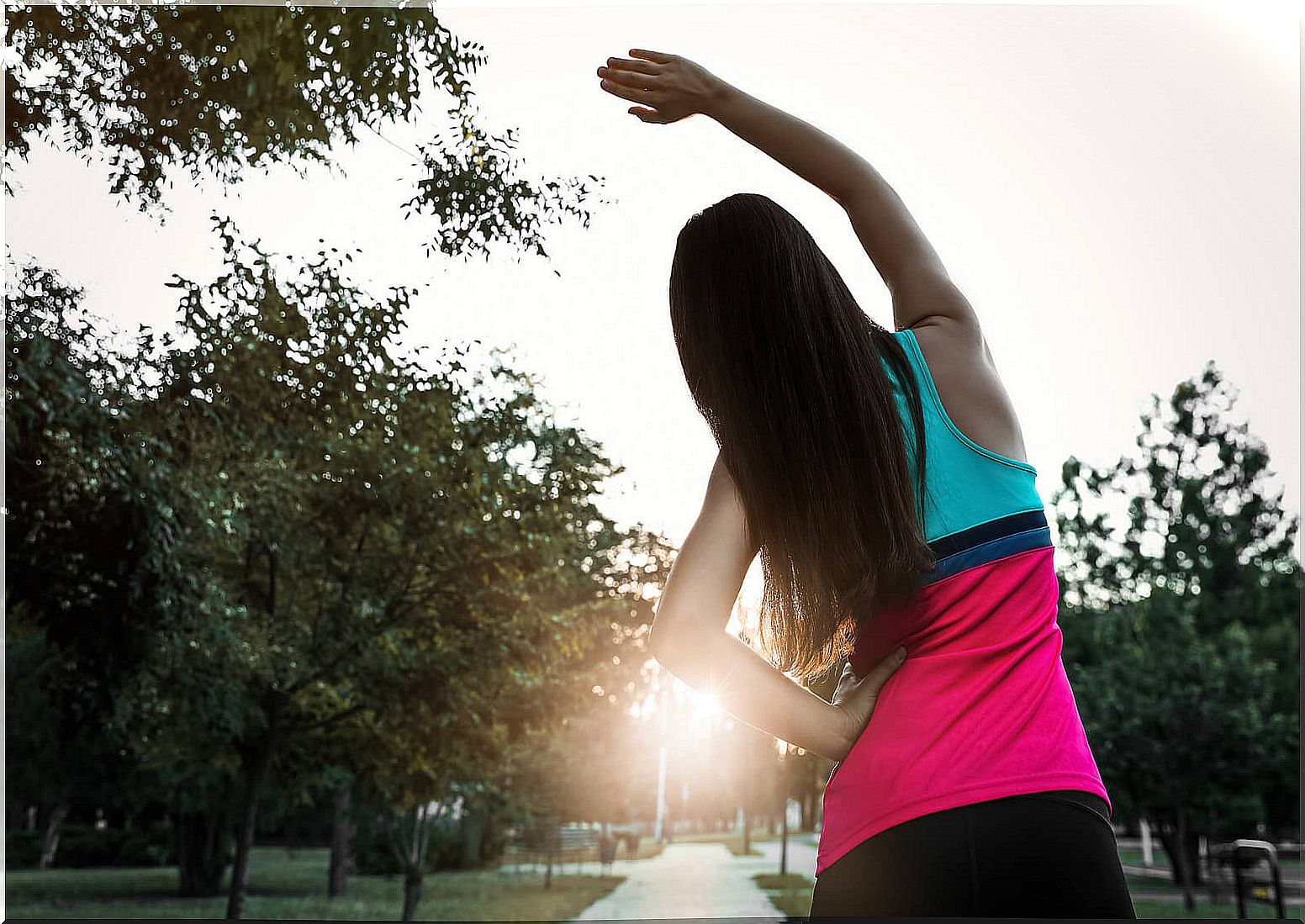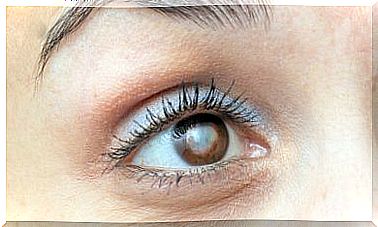7 Exercises That Will Help You Improve Your Body Posture
By performing these exercises, you will not only improve postural hygiene, but this will also allow you to avoid very limiting pain and carry out your daily activities without problems.

Having good posture not only improves physical appearance and self-confidence, but plays a key role in preventing injuries to joints, muscles, and bones. What exercises can you do to improve your body posture?
Nowadays, sedentary lifestyle is one of the main reasons why many have adopted incorrect positions that can cause health difficulties to appear little by little. For example, a study published by Frontiers in Public Health details that low back pain is one of them.
The main problem is that some people are not aware of it and do not realize it until they have some type of associated ailment. Fortunately, there are a number of easy-to-perform exercises that can be applied when having trouble improving body posture.
Improve your body posture with these exercises
In addition to the previously mentioned low back pain, a Mayo Clinic publication details that poor posture can lead to other problems, including:
- Headache.
- Contractures and discomfort in the neck and back.
- Knee, hip and foot pain.
- Weakness, discomfort and impingement in the shoulders.
- Tension and pain in the jaw.
- Fatigue and breathing problems.
To prevent these pathologies and enjoy good health in daily life, we want to share some exercises to improve your body posture. Feel free to practice them when you get home or on one of your office breaks!
1. Chest breathing

Breathing exercises are a good way to start improving your body posture. These require a special position of the body that reduces muscle tension and other symptoms derived from bad positions.
The close relationship between good breathing and proper body posture is confirmed by the scientific literature. For example, a study published by BioMed Research International highlights the relevance of head and neck posture to breathing.
- Sit on a mat, cross your legs, contract your abdomen, and make sure your back is straight.
- The shoulder blades are to be stretched towards each other, and the shoulders are pulled back.
- You will have to get that when you breathe only the ribs move, while the belly remains immobile.
- When you inhale, the chest expands, and when you exhale, it contracts.
2. Raised heel
More than raising the heel, this exercise seeks to get the back and shoulders to adopt the best position. The technique is very simple:
- Stand tall, with your arms on either side of your body and your feet together.
- Extend your arms to the front and, as you raise them towards the top of your head, lift your heels off the ground.
- Lower your arms little by little, until you return to the starting position. In this way, repeat the movement about five times.
3. Chest stretch
With this activity, you will reduce the feeling of heaviness that is produced in the back by sitting for a long time in an inappropriate position. To do it, follow these steps:
- Extend your arm over the edge of a wall or door. Then lean forward and rotate your torso as much as you can.
- Remain stretched for a few seconds and repeat the action with the other arm.
4. Back stretch

The lumbar region and the shoulder area are usually among the most affected by the constant adoption of bad postures. According to research published by Scoliosis and Spinal Disorders , poor posture is among the causes of chronic low back pain in older people.
Through this stretching exercise, these areas can be relaxed, while achieving a better position.
- Bring your arms behind your head and stretch your back on a soft surface, preferably a Swiss ball or fitball .
- Stretch your back as much as you can and try to hold the pose for a few seconds.
5. Plank body posture
Plank exercise has become quite popular because it has been shown to work a large part of the body’s muscle groups. Specifically, it focuses on the core region – the middle zone – which plays a key role in preventing pain caused by poor posture, according to a Harvard Health Publishing publication.
- Face down, support yourself on the floor on your forearms and the balls of your feet.
- Neither the thorax nor the hips should be hanging. In addition, the body must form a straight line and the abdomen must remain contracted.
- Hold for 20 to 30 seconds and rest.
6. Pelvic lift to improve your body posture
The pelvic lift or bridge is a resistance movement used to strengthen the lower back, glutes, and legs. As Harvard professionals explain in the cited article, strengthening these muscles increases the stability of the midsection and thus improves posture.
- Lie on your back, with your arms at your sides and your knees bent. Support is given with the soles of the feet and the upper part of the back.
- Subsequently, lift your pelvis carefully, pressing down on your feet and keeping your abdomen contracted.
- Stay in this position for 20 seconds and return to the ground.
7. Straight back
This simple exercise is great for making sure you maintain proper posture when sitting in the office. A study published by Applied Ergonomics states that sitting incorrectly produces excessive intradiscal pressure, which in turn leads to various physical pain.
- Sit on a mat with your legs straight and make a right angle between your torso and your legs.
- Put your palms on the mat for support and straighten your back, keeping your eyes straight ahead.
- Hold this pose for 30 seconds and rest.
Improve your posture with patience and perseverance
By practicing all these exercises, you will be working the muscles involved in all correct body posture. As we explained previously, the middle zone made up of the abdominals and lumbar region has a lot to do with it.
Finally, keep in mind that a good posture consists of keeping the head aligned with the back, the abdomen flat, the shoulders pulled back a little and the chest high. Standing and sitting well is one of the best preventative measures for the body!









